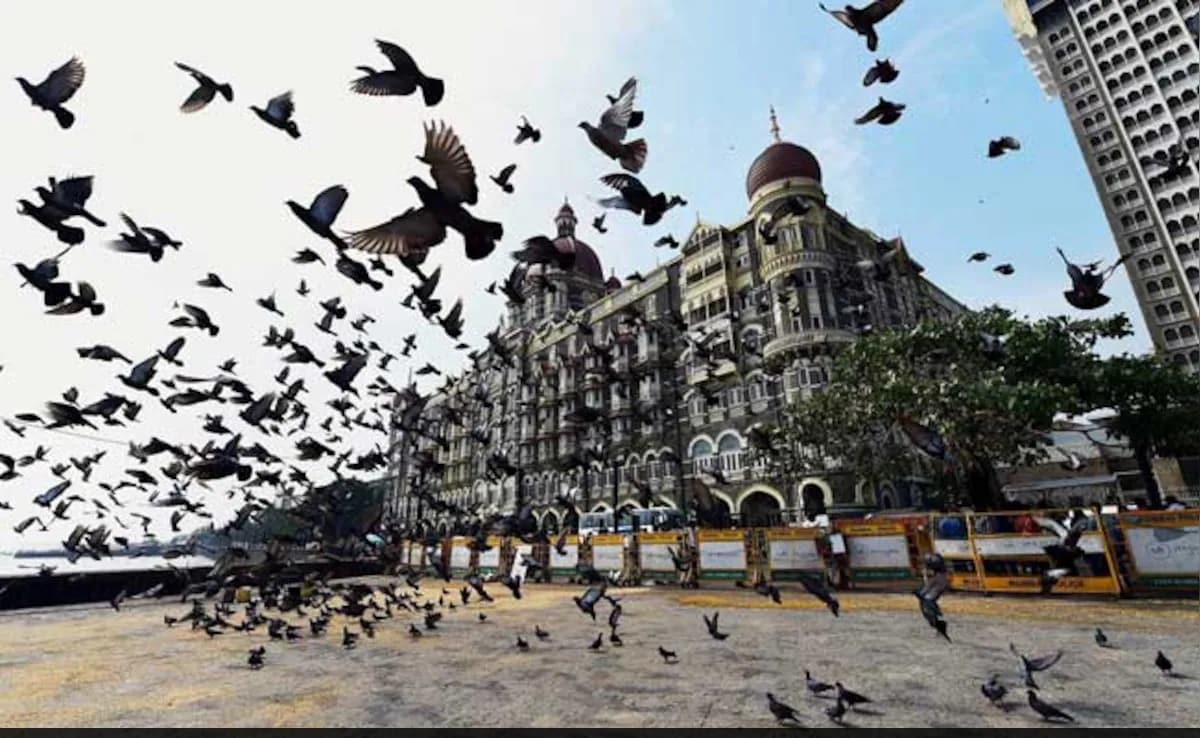2024-10-11 03:47:03

Taj Mahal Palace Hotel stands out as an iconic symbol of Indian hospitality.
The Tata Group, one of India’s oldest and most respected conglomerates, has had a lasting influence on the nation’s industrial landscape. Founded by Jamshedji Nusserwanji Tata, the group’s legacy continues to resonate through its remarkable contributions, from the industrial hub of Jamshedpur to the iconic buildings in South Mumbai. Ratan Tata, the chairman emeritus of Tata Sons, died on Wednesday in Mumbai. His leadership, vision, and deep commitment to social welfare transformed the group into a global force while preserving the values it was built upon.
Here are some of the key Tata landmarks across the nation that stand as symbols of the group’s enduring impact:
Jamshedpur: Where Tata’s industrial vision took root
Jamshedpur, also known as the ‘Steel City,’ stands as one of the most significant landmarks associated with the Tata legacy. Founded by Jamsetji Tata in 1907, the city is home to Tata Steel, Asia’s first integrated steel plant. Beyond its industrial might, Jamshedpur is distinguished by its well-planned infrastructure, lush greenery and modern urban amenities. The Tata Steel Plant became a model of innovation and excellence, playing a big role in propelling India’s industrial growth.
When the first settlers arrived in the region, then known as Sakchi, in 1908, they were drawn by the promise of building a future in a city that was still on the drawing board. The foundation of what is now Jamshedpur was laid with the establishment of Tata Steel, but the city grew organically as professionals, workers, artisans and young dreamers from all corners of the country made their way here. Invited by the Tata company, these pioneers were part of Jamsetji Tata’s ambitious vision — one that was later realised by his successors, Sir Dorabji, Sir Ratan, and RD Tata.
From its inception, Jamshedpur was meticulously designed as India’s first planned city, based on JN Tata’s vision of a harmonious blend of industrial growth and environmental preservation. He envisioned wide streets lined with shade-giving trees, ample space for gardens and lawns, and vast open areas dedicated to recreation, sports and parks. This thoughtful planning ensured Jamshedpur became not just a hub of industry but a model of urban development in India.
Tata Main Hospital, Jamshedpur
The Tata Main Hospital (TMH) in Jamshedpur, established in 1918, was once a modest hut-like structure aimed at providing basic medical assistance to the early settlers of the city. Over the last century, it has grown into one of Jamshedpur’s most iconic healthcare institutions. With more than 100 years of service, TMH stands as a 1,000-bed tertiary care facility, offering cutting-edge medical services including advanced ICUs, CCUs, and specialised burn care units.
Taj Mahal Palace Hotel, Mumbai
In the skyline of South Mumbai, among the many landmarks, the Taj Mahal Palace Hotel stands out as an iconic symbol of Indian hospitality. Established in 1903, this luxurious hotel has welcomed countless dignitaries, celebrities, and tourists over the decades.
When the Taj Mahal Palace first opened, it signified a new era of grandeur, designed to showcase the pride of India. Built at a then-astonishing cost of over Rs. 4 crore, the foundation of the hotel, laid in 1898, is an engineering marvel, going 40 feet deep. It was the first building in Bombay (now Mumbai) to feature electric lighting, and it introduced several modern conveniences such as telephones in every room, electric elevators and even an ice-making machine. Not just ahead of its time, the hotel was equipped with American fans, German elevators, Turkish baths, and English butlers, elevating the guest experience to unmatched heights. At the time, a suite of rooms, including a full board, cost Rs. 30 — a high sum for the era.
In 1973, the hotel expanded with a 23-storey tower wing, adding a modern architectural twist to its existing regal charm.
As the hotel celebrated its centenary in 2003, it underwent a massive revamp and significant renovations breathed new life into its historic walls. With its refreshed name, The Taj Mahal Palace and Towers, the hotel introduced new restaurants, restored guest rooms, and an elegant lobby lounge.
Tata Memorial Hospital: Mumbai
Founded in 1941, the Tata Memorial Hospital (TMH) in Mumbai is globally recognised as a premier centre for cancer treatment and research. Supported by the Tata Trusts, the hospital was originally commissioned by the Sir Dorabji Tata Trust on February 28, 1941, and its mission is to provide enduring value and care to the Indian populace. In 1952, the hospital expanded its vision by launching the Indian Cancer Research Centre, which later evolved into the Cancer Research Institute (CRI), focusing on pioneering cancer research.
How Tata Steel Helped Shape the Howrah Bridge
Tatas played a crucial role in the construction of Kolkata’s iconic Howrah Bridge. Officially known as Rabindra Setu, this iconic structure has been closely linked with Tata Steel since its inception. When plans for the bridge were underway, Tata Steel supplied 23,500 tonnes of steel, crafted to meet stringent British standards. In fact, Tata Steel developed Tiscrom, India’s first high-tensile steel, specifically for the project. Nearly 90% of the steel used in the construction came from Tata Steel. The Howrah Bridge was officially opened to the public on February 3, 1943, becoming one of the most recognisable landmarks in India.
Tata landmarks in India are not merely structures; they represent a legacy of innovation, community service, and excellence. Each landmark tells a story of ambition, dedication and a vision that continues to inspire generations.
Tata Group,Ratan Tata
Source link
8 total views , 1 views today
